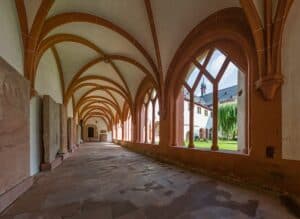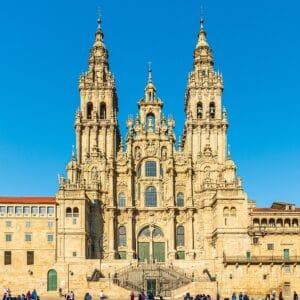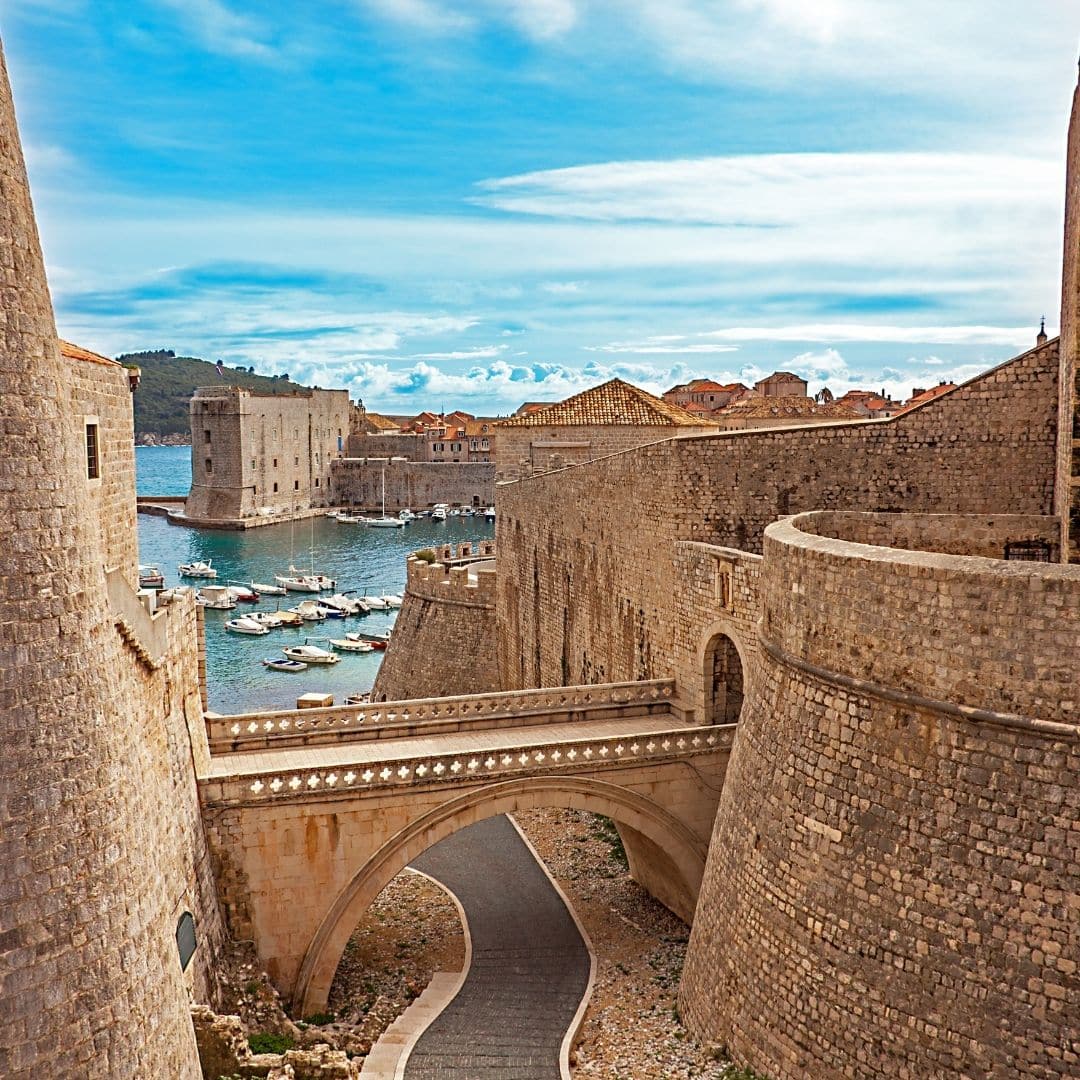In this post let’s take a moment to review some of the social and religious forces of medieval Europe at the time that Gothic developed and flourished.
Text: Alexandra Kiely, online course Gothic Architecture.
Monasteries in medieval Europe
A monastery is a place where monks live. They spend their days in prayer and study, and they also do work like copying manuscripts. A monastery is a large complex that includes a church, living quarters, a cloister, and other structures.
Many Gothic churches were originally part of monasteries.
Relics and pilgrimage
Relics had a very deep religious significance in medieval Europe and it was very popular to go on pilgrimages.
Relics are remains from a saint. They may be bones, items that touched a holy person’s body, or other objects of deep religious significance. Relics are usually associated with miracles they are believed to have caused.
During the Middle Ages, it was very popular to go on journeys called pilgrimages to pray in front of relics and ask for miracles such as healing.
Many churches, including cathedrals and monastery’s churches, owned relics. This was serious business, since relics led to prestige and to income from the offerings pilgrims left behind.
The needs of pilgrimage churches, particularly the need for space to accommodate pilgrims and display relics, drove much of Gothic church building.




